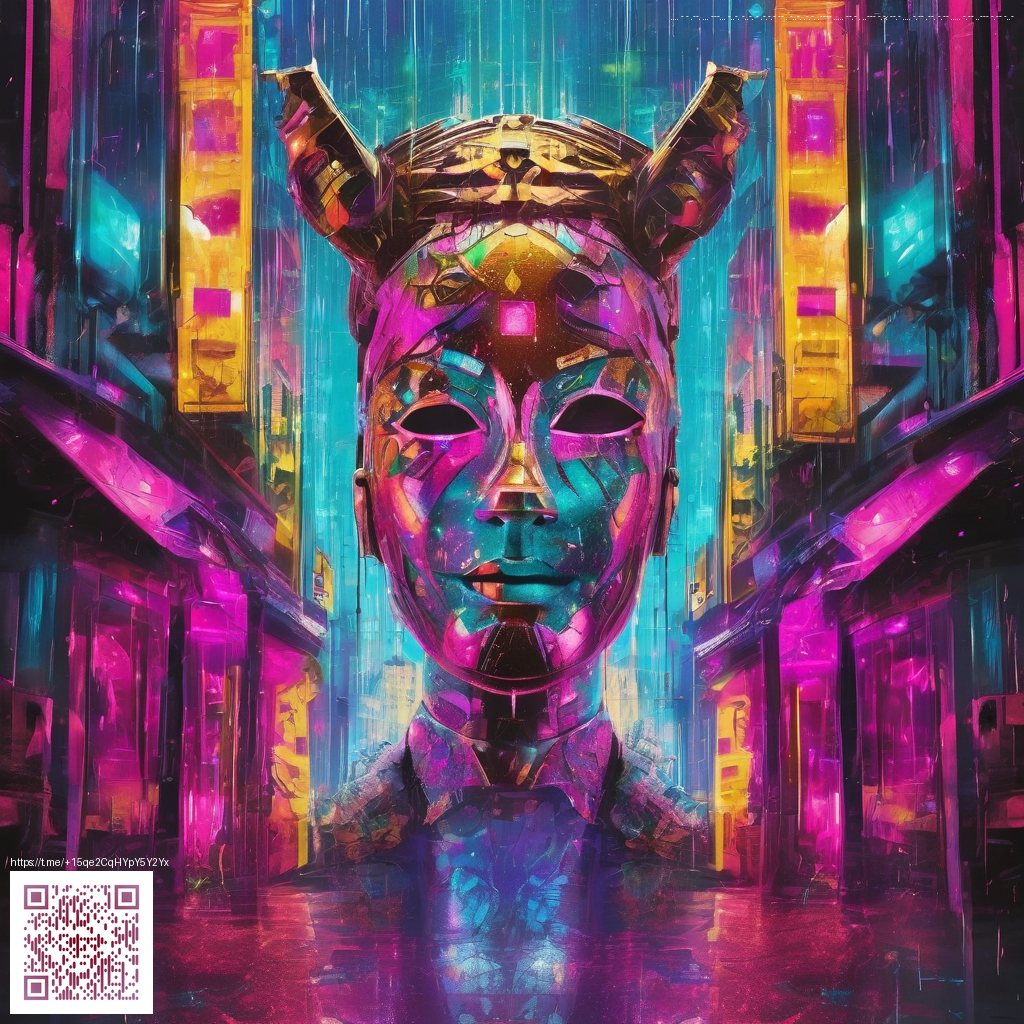Why Survival Horror Still Feels Timeless
The survival horror genre has a way of sticking with us long after the controller is set down or the last boss goes quiet. It isn’t merely about scares; it’s about an experience that respects your intelligence, your senses, and your appetite for risk. Across generations and platforms, survival horror endures because it hinges on core human instincts: the need to assess risk, conserve resources, and make meaningful choices under pressure. When these elements align with atmosphere, storytelling, and precise game design, the result is a lasting impression that feels both old and newly urgent.
“Fear that teaches you to read a space, listen to a sound, and choose your actions with intention—this is the heart of timeless horror.”
The Core Attractor: Fear That Sticks
What makes survival horror timeless is not the fear itself but the cadence in which it unfolds. It invites players to pace themselves, to study a corridor’s shadows, to weigh each resource like a precious coin. This tension is a quiet negotiation between what you have and what you risk losing. When done well, the dread isn’t a jump scare but a careful escalation that lingers—long after you’ve stepped away from the screen.
Crafting Atmosphere: Sound, Lighting, and Environment
Atmosphere is the unsung hero of the genre. Sound design that whispers threats, lighting that carves rooms into unknowns, and environmental storytelling that lets the world speak without explicit exposition—these are the tools that turn a game into an ecosystem of fear. A corridor might seem simple at first glance, but textures, echoes, and the placement of objects tell a story about scarcity, danger, and survival. Players learn to trust their ears and their instincts, not just their reflexes, and that trust creates a bond that outlasts a single playthrough.
In this light, the artistry behind survival horror isn’t just about gore or shock moments; it’s about restraint and precision. The best titles use quiet moments to heighten impact, so when a threat arrives, it’s earned and inevitable. The result is a sense of timelessness: the feeling that the risks you take today will still resonate tomorrow because they were grounded in thoughtful design and human psychology, not gimmicks.
Key Elements That Keep Survival Horror Timeless
- Resource scarcity: Scarcity forces deliberate choices and fosters paranoia in a safe, controllable space.
- Meaningful risk: Every action should carry consequence, shaping how you approach future encounters.
- Environmental storytelling: Clues in the world invite players to infer history and motive without heavy handholding.
- Player agency within limits: Tools are precious; learning to use them well matters as much as landing a shot.
- Pacing and tension: The rhythm between quiet, exploration, and sudden danger keeps players engaged and emotionally invested.
For those who want a tangible reference to design care and detail in everyday objects, consider the Phone Case Glossy Polycarbonate High Detail for iPhone on its product page: Phone Case Glossy Polycarbonate High Detail for iPhone. It’s a reminder that high-detail design in any medium—whether interactive or physical—invites users to slow down and notice craftsmanship. This mindset mirrors how survival horror earns its staying power: through deliberate, thoughtful construction rather than shortcuts. For broader discourse on design philosophy and atmosphere, see this discussion.
The Role of Story and Player Choice
Story in survival horror isn’t about a single, linear path—it’s about echoes and consequences. Players remember not just what happened, but how choices changed their options, risks, and sense of safety. A well-written narrative weaves personal stakes into mechanics—decisions that feel impactful, even when the outcome isn’t immediately visible. That connection between story and play keeps the experience relevant as technology evolves, ensuring the genre ages with grace rather than becoming a relic of a single generation.
As the medium evolves, developers continue to refine the balance between action and atmosphere. The timelessness here comes from a commitment to core mechanics that respect the player: carefully calibrated threat, meaningful resource management, and spaces that reward observation over fast reflexes alone. It’s a design philosophy that travels well across generations, from pixelated halls to lush, photoreal environments, always anchored by the same central truth: fear works best when it feels earned and personal.
